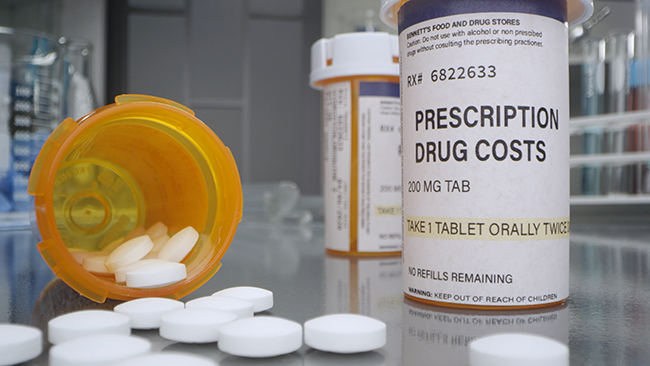On August 4, 2022, the President of United States Joseph R. Biden Jr., signed in to law the Inflation Reduction Act of 2022 (IRA)[1]. This comprehensive law covered many areas, including healthcare (our sole focus), clean energy and taxes according to The White House release[2].
Without getting political, let’s look at what is promoted by those sponsoring the new law. The following is a section The White House noted :
HEALTH CARE
Cutting Prescription Drug Cost
- Today, Americans pay two to three times what citizens of other countries pay for prescription drugs.
- 5-7 million Medicare beneficiaries could see their prescription drug costs go down because of the provision allowing Medicare to negotiate prescription drug costs.
- 50 million Americans with Medicare Part D will have the peace of mind knowing their costs at the pharmacy are capped at $2,000 per year, directly benefiting about 1.4 million beneficiaries each year.
- 3 million Medicare beneficiaries with diabetes will benefit from a guarantee that their insulin costs are capped at $35 for a month’s supply.
Lowering Health Care Costs
- 13 million Americans will continue to save an average of $800 per year on health insurance premiums.
- 3 million more Americans will have health insurance than without the law.
- The uninsured rate is at an all-time low of 8%, which the historic law will build on.
Defeating Special Interests
- $187 million: The amount the Pharmaceutical industry spent on lobbying in 2022.
- 1,600: number of lobbyists the pharmaceutical companies had in 2021 – three times the number of Members of Congress
- 33 years: the amount of time Congressional Democrats have been trying to lower prescription drug costs by allowing Medicare to negotiate drug prices.
- 19 years: number of years Medicare has been blocked from negotiating prescription drug costs
Nearly 50% of Americans report having problems paying for healthcare. The IRA is likely to reduce prescription cost to Americans, in part because it allows Medicare to negotiate group discounts with the pharmaceutical companies, something Medicare has never been able to; however, the Veteran’s Administration covering injured veterans has been able to do it. First, this is going to be a limited number of drugs (top 10 now, and 20 in 2029)- of course the Pharmaceutical industry says it will impact innovation. The law also caps price increases to “inflation” for those drugs costing over $100 with no generic equivalent.
Also, the IRA provides continuing subsidies to health insurance marketplace coverage that is expected to help millions of middle-class families that are clearly facing high healthcare costs, and in other cases, expanding and guaranteeing coverage to lower-income people that will pay $0 premium for healthcare coverage. This coverage is extended though 2025.
The impact will be material for many senior Americans that have stopped taking or rationed their prescription drugs, by some reports impacting up to 25% of those over 65.
Though this Act appears to be good news for Americans in the short term, we are disapointed there is no real innovation, better use of incentives to improve quality and reduce cost, and again, not really using the incredible potential of technology to help in providing more access and better outcomes.
-Noel J. Guillama, Chairman
[1] https://www.whitehouse.gov/briefing-room/statements-releases/2022/08/04/statement-from-president-biden-on-the-inflation-reduction-act/
[2] https://www.whitehouse.gov/briefing-room/statements-releases/2022/08/15/by-the-numbers-the-inflation-reduction-act/
